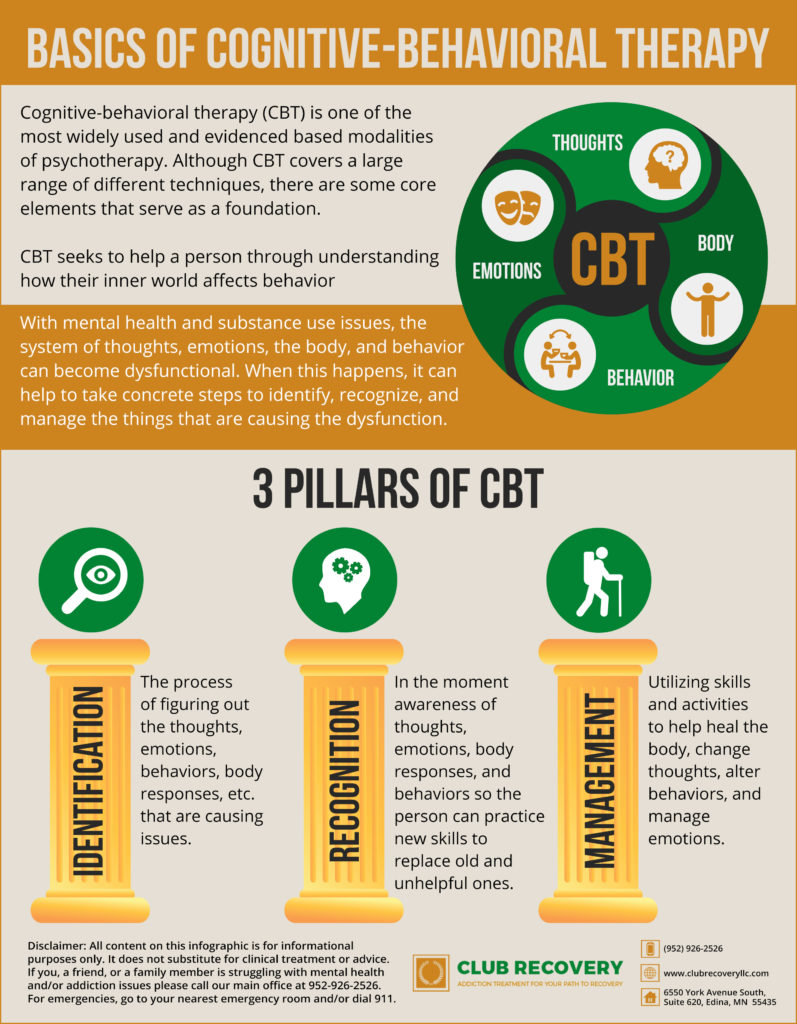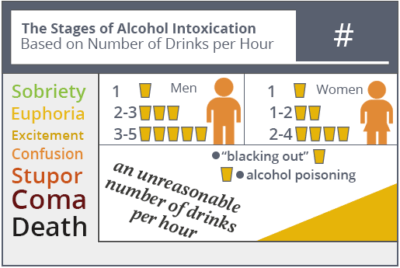Take legal action against likewise reported that her consuming practices had actually altered which she had dropped weight. She indicated that she would likewise monitor her consuming and look for help if required. Sues goal in the near future was to return to the treatment program attended and supply support to other citizens in the program.
Take legal action against consulted with her therapist and finished an intake interview. Based on info gotten throughout this interview, Takes legal action against therapist, a deaf social employee, notified her that her drinking habits made up a moderate danger. Take legal action against was described a psychologist for assessment of her anxiety and consuming behaviors. The psychologist suggested a trial on antidepressant medication and specific sessions a therapist who concentrated on working with people who experience eating disorders.
Takes legal action against chemical dependence therapist explained that the approach of the program was to encourage her to lessen the damage she triggered herself and others through her usage of alcohol. Take legal action against was informed that abstinence was the perfect goal but that she might reach this goal gradually with time or that she could perhaps remove the threats included with drinking and eventually be able to drink in moderation.
In counseling sessions, her counselor helped her in the procedure of taking a look at how her drinking had impacted her life consisting of ways it had actually avoided her from pursuing her top priorities in life. Sue and her therapist created a list of Sues life priorities Drug Rehab Delray and short and long-term objectives. They interacted to examine just how much, how frequently, and under what circumstances Sue consumed and what the results of her drinking behavior involved.
The Definitive Guide for What Percent Does Medicare Pay For Addiction Treatment

She was also supplied with details on coping and issue fixing methods, assertiveness, communication, emotional recognition and guideline, relationships, and sources of social support in the neighborhood - how do local addiction treatment centers market. Upon conclusion of the 30-day outpatient treatment program Sue reported that she had actually effectively remained abstinent for 30 days. She suggested that she had gained substantial insight into how her drinking negatively affected her life and expressed a desire to pursue ongoing sobriety.
Her therapist recommended that she attend AA meetings and continue her sessions with her psychologist. Debra S. Guthmann, Ed (where to medically assisted treatment for opiod addiction). D is director of the Department of Student Worker Services at the California School for the Deaf in Fremont, CA, and the previous director and existing project director for a long-term training and conference grant at the Minnesota Chemical Dependency Program for Deaf and Hard of Hearing Individuals located in Minneapolis, Minnesota.
Guthmann has published many posts, established products and supplied outreach and training activities nationally and globally concerning different elements of compound abuse, mental health and other topics connected to work Deaf and difficult of hearing people. Katherine A. Sandberg, B.S., L.A - do you have to pay an employee who is seeking addiction treatment.D.C., is program manager of the Minnesota Chemical Dependency Program for Deaf and Hard of Hearing Individuals, situated in Minneapolis, Minnesota.
Sandberg was likewise included in the development of a specialized version of the Drug Abuse Resistance Education (D.A.R.E.) Curriculum and has published articles, presented at conferences and workshops, offered product development and supplied outreach and training activities in the location of substance abuse with Deaf and tough of hearing people nationally.
The Of How Does Treatment Look Like For Stimulant Addiction
D., has actually worked at the Kansas School for the Deaf, Minnesota Chemical Dependency Program for Deaf and Hard of Hearing Individuals, Research Study Medical Center-Deaf Solutions, and is currently employed by the Missouri Department of Mental Health and has a Personal Practice in the Kansas City City. Dr. Lybarger holds degrees in Indication Language Interpreting, Addiction Studies, and Counseling Psychology.
Lybarger is also a published author and a frequent presenter at regional, and national conferences in issues related to psychological health and deafness. Alcoholics Anonymous World Solutions Inc. (1991 ). Twelve steps and twelve traditions (45th Ed.). New York City: Alcoholics Anonymous Publishing Beck, A - how opioid treatment in the hospital can lead to addiction with chronic pain.T., Wright, F.D., Newman, C.F., & Liese, B.S.
Cognitive treatment of compound abuse. New York City: Guilford Press. Hayes, B., Blacksher, S., Dodd, M., Fox, T., Lewis, K., & Wittman, F.D. (1993 ). The social neighborhood design for the treatment of alcohol and other drug issues. A report by the Social Design Consensus Panel convened by the California Department of Alcohol and Drug Programs, Los Angeles, CA.
( 1994 ). Designs of alcohol addiction used in treatment: Contrasting AA and Addiction Treatment Delray other viewpoints with which it is frequently confused. Journal of Studies on Alcohol, 55, 159-166. Reissman, F. (1965 ). The assistant therapy principle. Social Work, 10, 27-32.
The Ultimate Guide To What Would Improve Addiction Treatment
Author links open overlay panelZ.BerezaShow moreThe medical design assumes the professional psychotherapeutic help at all stages of the rehabilitation process and medicinal treatment of comorbid psychological conditions. Evaluation of the effectiveness of the medical model rehab based upon the medical, psychological, and social qualities of clients at the all stages of the treatment.
The inclusion criteria were: age above 18 years, withdrawal status. The patients were taken a look at four times: 1 throughout the first weeks of treatment; 2 after 45 days; 3 after 6 months; 4 after 12 months. The primary assessment the greatest scores kept in mind in the sections: "household and social connections", "health status", "psychiatric status" and "legal aspects" got lower ratings.
Early retired clients the most high-end efficiency observed on the scale of "drug alcohol using", "job/livelihood", "health status", "legal aspects", the "psychiatric status", "family and social connections" tape-recorded lower ratings. Indicators on the scale of "substance abuse", "alcohol" in this group of clients was considerably higher than clients who stay on treatment, which might show a possible upgrading of the destination to the drugs.
In the course of the rehabilitation procedure revealed positive changes in clinical, psychological and social characteristics of clients. Advised articlesCiting articles (0 )Copyright 2017 Released by Elsevier Masson SAS.
What Does How Does Society View Drug And Alcohol Addiction Treatment Do?
Date: 01/25/2017 At a time when some 2. 2 million individuals in the United States are addicted to heroin or prescription painkillers, and overdoses claim tens of thousands lives every year, https://www.liveinternet.ru/users/orough1ezr/post478623217/ feels the urgency. As director of the, he champions a structured yet thoughtful method to opioid usage disorderone that de-stigmatizes medication-assisted treatment.
Workplace of National Drug Control Policy for its successes. Now Stoller aims to fill in the gaps and help cement clients' gains across the country. Concentrating on coordination with neighborhood doctors trained to provide buprenorphine in-office, Stoller wishes to increase access to the detailed, customized help offered by opioid treatment programs (OTPs) like the Broadway Center.
But as The Johns Hopkins Healthcare facility's ambulatory dependency treatment program, the center focuses more attention on provision of other services, like therapy and housing. Especially, the center needs addictions therapy and participation in group classesonly a few for steady clients, however more for those having a hard time with ongoing use. Instilling self-understanding and a confident attitude are crucial to assisting clients.

For many other centers providing psychosocial support, Stoller notes, literature reports around 25 percent adherence. Still, a major problem surfaces as individuals seek carea standard scarcity of maintenance therapy. It difficulties Stoller that many neighborhood physicians licensed to supply buprenorphine pick not to. He believes there is fantastic chance for OTPs to motivate buprenorphine prescribing by offering doctors support and improving the opportunity of a favorable experience.
The 25-Second Trick For How To Explain Treatment Plan For Addiction
Clients are concurrently enrolled at the center while receiving buprenorphine from their main care or psychiatric doctor, encompassing them the reach of a Johns Hopkins-tested benefits approach to recovery.
